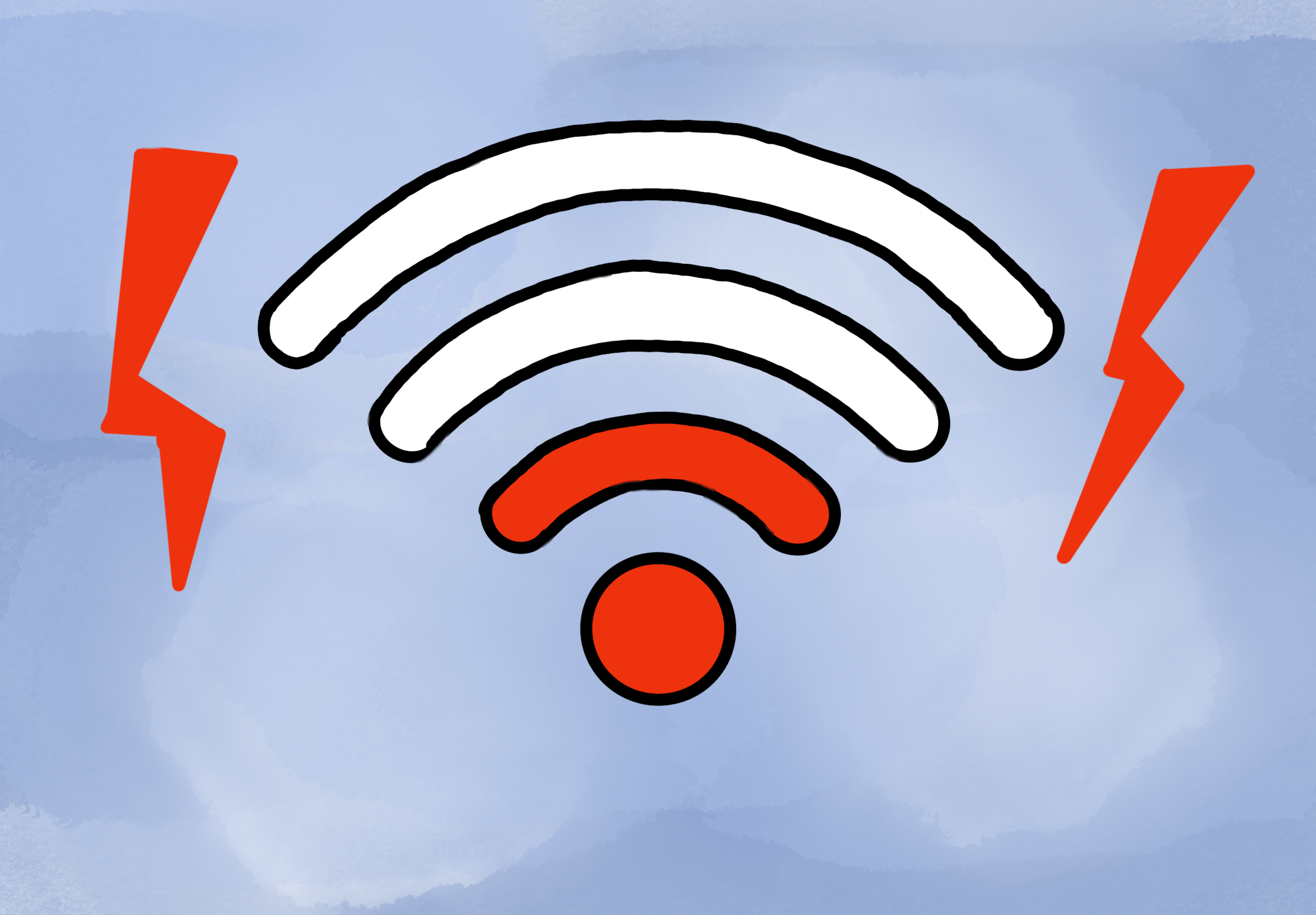As the semester wraps up, many students may have heard in-class pleas and received emails asking them to fill out course evaluations. The McGill Tribune looked into how these feedback forms work and how their results are used by the university.
How do course evaluations work at McGill?
At the end of every semester, any course at McGill that has five or more students is evaluated through the Mercury online platform. Course evaluations allow students to provide anonymous feedback to their instructors. The evaluation form includes sections for ratings and supplementary statements about the course, its content, and the instructor’s teaching style. Completing a course evaluation can take about five to 10 minutes depending on how much detail a student wishes to provide.
When is the deadline for students to submit course evaluations?
For most departments at the university, students are given a six-week window each semester to complete course evaluations. With approval from the Dean, instructors can opt to close course evaluations prior to the formal examination period, though the default deadline is when formal exams end. Students can consult the Mercury website to find out whether their course evaluation forms close on Dec. 6 or on Dec. 21.
How are course evaluations helpful for professors and students?
According to McGill media relations officer Frédérique Mazerolle, the university uses course evaluations to determine the effectiveness of an instructor’s teaching style and to improve the future delivery of courses. Course evaluation results may also be used as a component of an instructor’s teaching dossier, which is a portfolio of an academic’s major teaching accomplishments. Mazerolle stressed that administrators and faculty rely on course evaluations for decision making and urged students to participate in the surveys.
“McGill University values quality in the courses it offers its students,” Mazerolle wrote in a statement to the Tribune. “The more students fill out course evaluations, the more seriously feedback is taken by instructors and administrators.”
According to Mazerolle, each year 5,000 courses and 2,500 instructors are evaluated, but only 50 per cent of students fill out course evaluations.
How can professors and students see the results from course evaluations?
Course instructors have access to the evaluation results only after they have submitted student grades for the semester. Though course evaluations are entirely anonymous and not linked to student ID numbers, this rule ensures that professors cannot be swayed by course evaluation feedback when grading students.
Students have access to numerical course evaluation results on Mercury or under the Course Evaluation Results tab on Minerva, though written responses are only made available to the instructors.
How are course evaluations different from Rate My Professors?
Rate My Professors, a website where anyone can post anonymous reviews about an instructor, is another tool students may use to share their experiences with teachers from universities around the globe. Each review rates a teacher from “awesome,” “great,” “good,” “OK,” and “awful,” and ranks difficulty and quality levels of their courses on an ascending scale of one to five.
Though the posts on Rate My Professors are not moderated or fact-checked, many students rely on the platform instead of McGill’s Mercury system. Susan Aloudat, U0 Arts, did not know about McGill’s internal course evaluations and, instead, consulted Rate My Professors when choosing courses for her first semester at the university. Though she will use both resources when finalizing her schedule for next semester, Aloudat is conscious of the biases of both platforms.“For example, I had a teacher that was like ‘if we can get to 60 per cent [participation in the surveys], then we will help you guys on the final exam’ so I did that but I didn’t have anything exactly pressing to say,” Aloudat told the Tribune. “Mercury would be more for very neutral responses. But if you want an opinion, then you’ll find that on Rate My Professors.”









